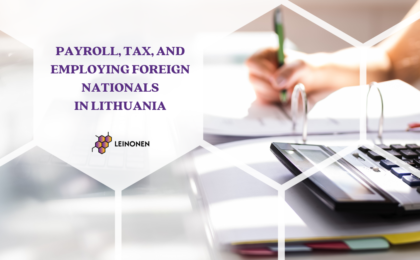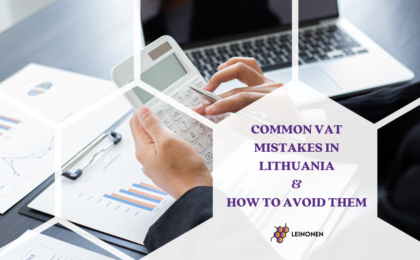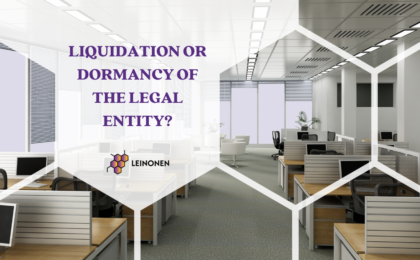Starting 2020 new regulations related to transfer of assets to foreign countries were introduced to Lithuanian legislation and so-called exit tax was introduced.
According to Law on Corporate Income Tax (CIT), a transfer of assets (tangible or intangible) is considered as a transaction when the assets of an entity used for the activities of the entity in Lithuania are transferred to a foreign country and are used for the activities performed in a foreign country.
Transfer of assets shall be considered as subject to CIT in Lithuania in case of the following circumstances:
1. Lithuanian entity assigns its assets to activity performed through Permanent Establishment (PE) in a foreign country and the owner of the assets does not change.
2. A foreign entity performing its activity through PE in Lithuania assigns the assets of PE to its activities in another foreign country and remains the owner of those assets.
3. The Lithuanian entity transfers an activity carried out in Lithuania as a complex to a foreign country, except in cases when the assets that were used for the activity in Lithuania continue to be used for the activity caried out by the foreign entity through the PE in Lithuania.
4. A foreign entity carrying its activity in Lithuania through PE transfers its activity in Lithuania to a foreign entity.
The tax rules on transfer of assets do not apply in cases when the transfer is temporary, i.e., for a period less than 12 months. However, please note that this exception applies only in cases:
· when assets are transferred to finance securities or as deposit, or
· to meet capital requirements for prudential purposes, or
· for liquidity management.
Based on examples provided in the Official commentary of Law on CIT, transfer of machinery, vehicles, trademarks, servers in Lithuania, activity as a complex, contribution of assets to the authorized capital of foreign entity, merger of the Lithuanian entity with a foreign entity, etc., may be treated as transfer of assets and may be considered as subject to CIT.
Income from the transfer of assets is calculated on the same basis as the income from the sale or other disposal of assets, i.e., at the time of the transfer of assets income from the increase in the value of assets is recognized. Such income amounts from the difference between the fair market value of the transferred asset at the time of the transfer and the acquisition price (deducted depreciation and amortization, if any).
Please be noted that in case the assets are transferred to the other countries of European Economic Area with which there is a valid agreement regarding support of recovery of taxes, there is a possibility to include income from the transfer of assets in equal parts for 5 years period. There are additional conditions which must be met to use this possibility.
Since, transfer of assets taxation has recently been implemented into Lithuanian legislation, tax practice is not yet settled, therefore every situation should be evaluated separately.
If you have any further questions, please do not hesitate to contact us. Leinonen Tax Team can provide expert knowledge and help you with different taxation issues.
The information above is prepared by Leinonen Tax Team.



